The African leopard prowls through the shadows of the savanna, a master of adaptation and survival. Unlike its larger cousins, the lion and the cheetah, this elusive predator thrives in nearly every habitat across sub-Saharan Africa—from dense rainforests to arid deserts. Its success lies not in brute strength or sheer speed, but in a combination of stealth, intelligence, and unmatched versatility. The leopard is the ultimate all-rounder, a hunter capable of exploiting opportunities that others cannot.
A Silent Shadow in the Night
What sets the African leopard apart is its ability to remain invisible until the very last moment. Its golden coat, dappled with rosettes, blends seamlessly into the dappled light of the forest or the tall grasses of the plains. Unlike lions, which rely on teamwork, or cheetahs, which depend on explosive bursts of speed, leopards are solitary stalkers. They move with deliberate, calculated steps, their muscular bodies low to the ground. Every twitch of an ear, every shift in the wind, is processed with lethal precision. By the time their prey senses danger, it is often too late.
Their hunting strategy is not limited by time of day. While many predators are strictly diurnal or nocturnal, leopards hunt whenever opportunity strikes. Under the cover of darkness, they become ghosts, their night vision far superior to that of their prey. Yet, they are just as capable in daylight, using terrain and vegetation to mask their approach. This adaptability ensures that no potential meal is safe, regardless of the hour.
The Art of the Ambush
Leopards are not just hunters—they are tacticians. They study their environment with an almost scientific understanding, identifying choke points, game trails, and watering holes where prey is most vulnerable. A favorite technique is the ambush from above. With powerful limbs designed for climbing, leopards often haul their kills into the branches of trees, where they can dine undisturbed by scavengers like hyenas or lions. This behavior is not just about securing a meal; it’s about resource management. A leopard may return to the same kill over several days, ensuring nothing goes to waste.
Their diet is as varied as their hunting methods. While they favor medium-sized ungulates like impalas and gazelles, leopards are opportunistic. They will take down warthogs, rodents, birds, and even fish if the chance arises. In some regions, they have been known to hunt baboons—a risky endeavor given the primates’ intelligence and strength in numbers. Yet, the leopard’s ability to assess risk and strike with surgical efficiency makes even these dangerous prey viable targets.
Surviving Against the Odds
Life as a leopard is not without challenges. Habitat loss and human-wildlife conflict have placed increasing pressure on their populations. Yet, their adaptability extends beyond hunting. Leopards are masters of coexistence, often living undetected on the fringes of human settlements. Unlike lions, which require vast territories, leopards can thrive in smaller, fragmented habitats. This flexibility has allowed them to persist where other big cats have vanished.
Their solitary nature also works in their favor. Without the need for a pride or coalition, leopards avoid the territorial disputes that plague social predators. A single leopard’s territory may overlap with others, but confrontations are rare. Instead, they communicate through scent markings and vocalizations, maintaining a delicate balance between competition and coexistence.
The Unseen Guardian of Ecosystems
Beyond their prowess as hunters, leopards play a critical role in maintaining ecological balance. By controlling herbivore populations, they prevent overgrazing and ensure the health of plant communities. Their presence also keeps smaller predators in check, creating a ripple effect that benefits the entire ecosystem. In many ways, the leopard is a barometer of environmental health—where they thrive, biodiversity often flourishes.
Yet, their future remains uncertain. Poaching for their pelts and retaliatory killings by livestock owners continue to threaten their survival. Conservation efforts must focus not only on protecting leopards but also on preserving the intricate web of life they support. The African leopard is more than a hunter; it is a symbol of wild Africa’s resilience and complexity.
To witness a leopard in the wild is to glimpse perfection in motion—a creature honed by evolution to excel in every aspect of its existence. From the silent stalk to the lethal pounce, every movement is a testament to millions of years of refinement. The African leopard is not just a predator; it is the embodiment of nature’s ingenuity.

By /Jun 12, 2025
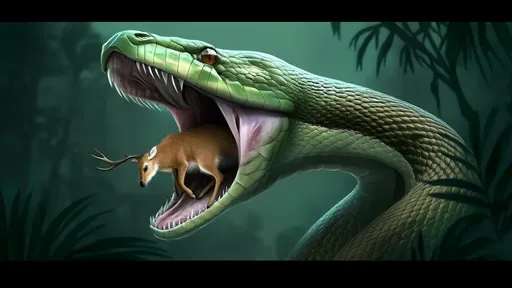
By /Jun 12, 2025
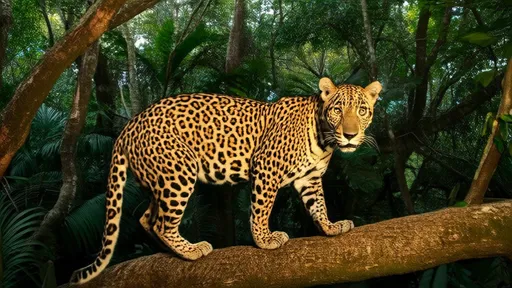
By /Jun 11, 2025
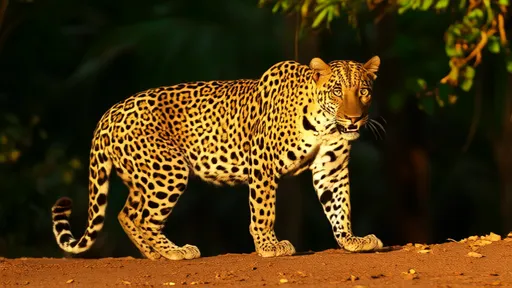
By /Jun 11, 2025
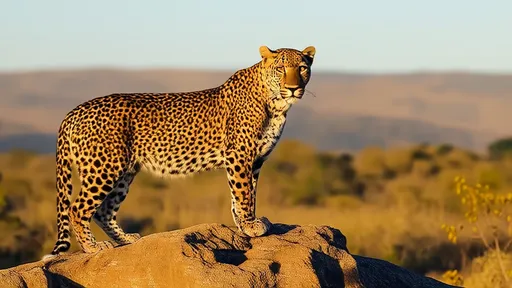
By /Jun 11, 2025
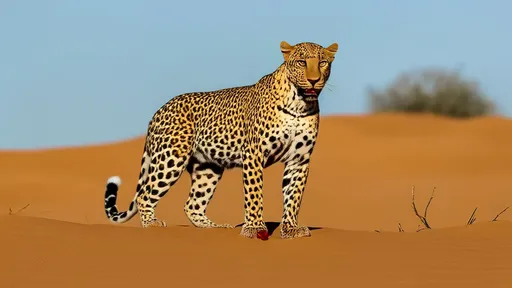
By /Jun 11, 2025
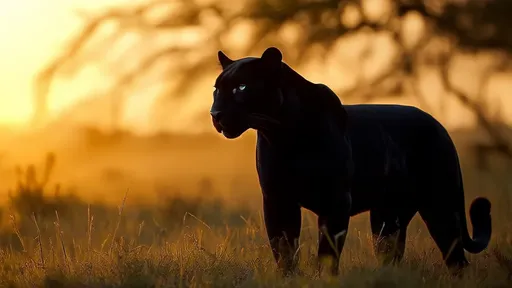
By /Jun 11, 2025
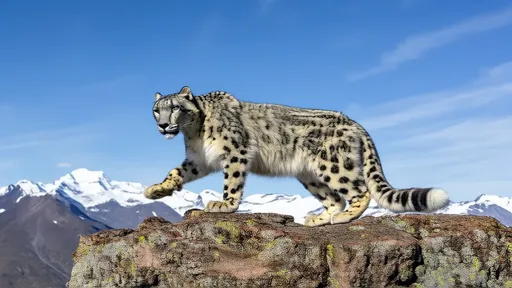
By /Jun 11, 2025
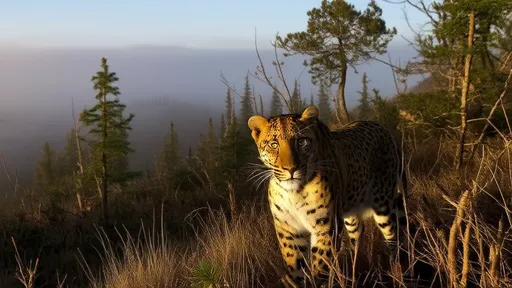
By /Jun 11, 2025
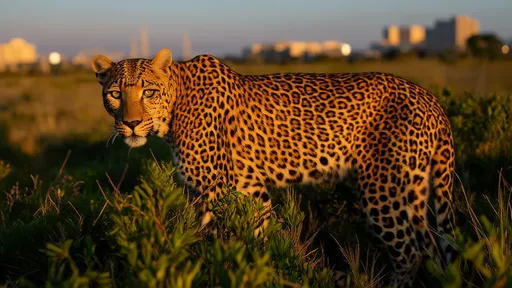
By /Jun 11, 2025
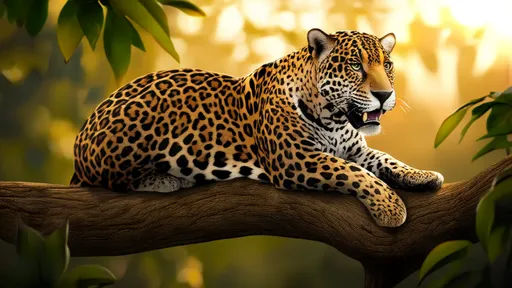
By /Jun 11, 2025
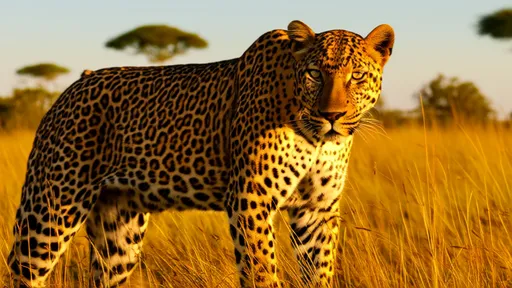
By /Jun 11, 2025
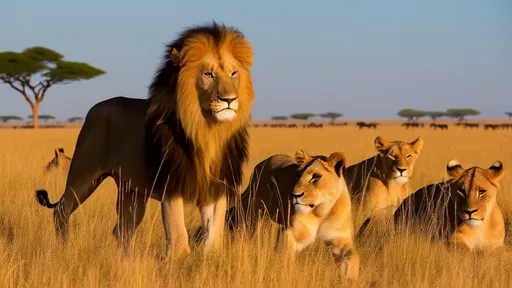
By /Jun 11, 2025
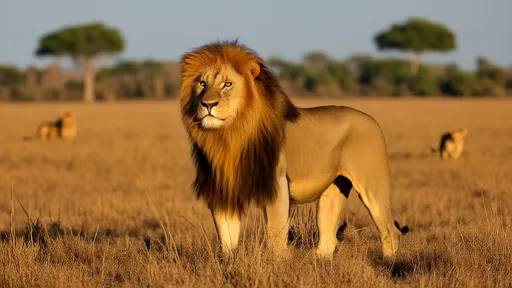
By /Jun 11, 2025
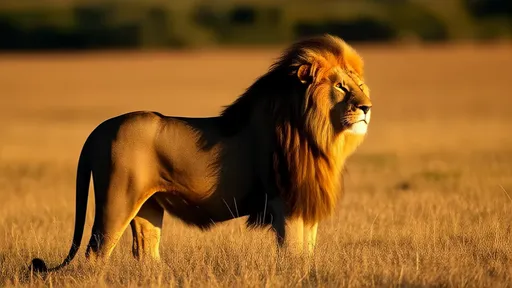
By /Jun 11, 2025
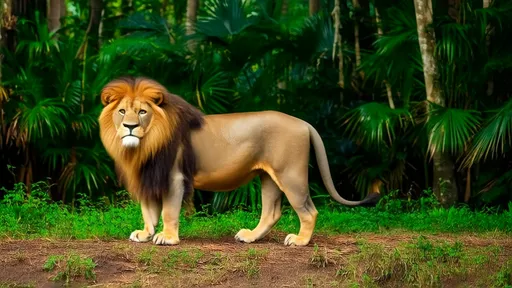
By /Jun 11, 2025
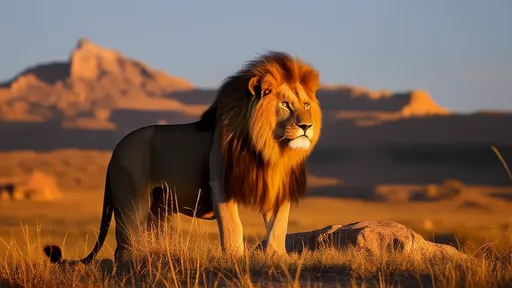
By /Jun 11, 2025

By /Jun 11, 2025
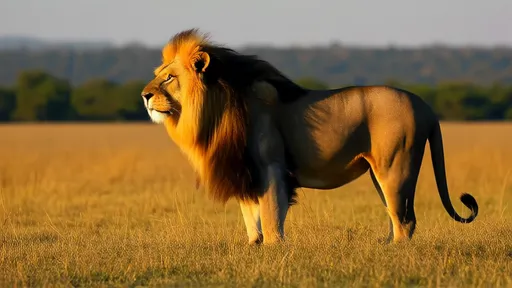
By /Jun 11, 2025
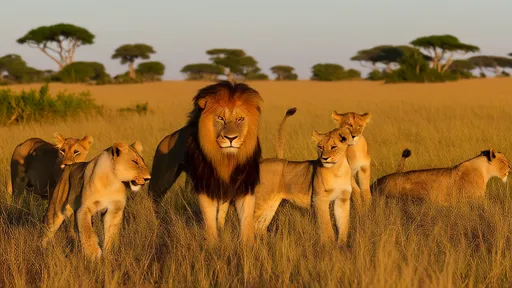
By /Jun 11, 2025